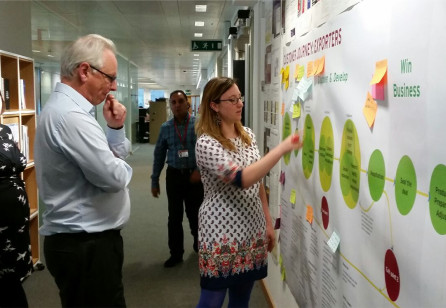
Scaling Agile
The growth of an in-house digital function from maverick startup to multiple product teams is a perilous time for the customer experience. Service designers can come to the rescue with the tools to make agile work at scale.

Browse all Touchpoint Articles

The growth of an in-house digital function from maverick startup to multiple product teams is a perilous time for the customer experience. Service designers can come to the rescue with the tools to make agile work at scale.

In early 2016, along with an enthusiastic group of fellow SDN Netherlands Chapter members, I set about to help plan the ninth annual Service Design Global Conference.

Faced with declining student enrolment, public vocational school BOS Schönbrunn in Landshut, Germany, decided to create a more competitive and student-centric service offering.

The call for the 2016 edition of the Service Design Award was announced on February 1st this year, and closed during the past summer.
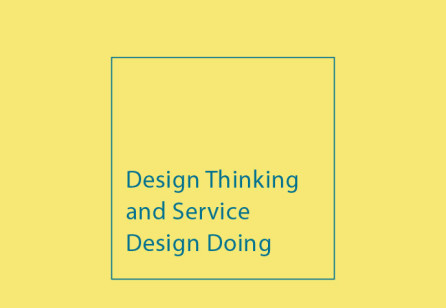
From the early 1990s, Design Thinking has sought to shake up traditional ways of doing business, and foster innovation through creativity and applying a designer’s mindset to business challenges.

As this issue of Touchpoint goes to press, the finishing touches are being put on the 2016 edition of the SDN’s Global Conference in Amsterdam.

A few years ago, one of my best friends bought me a poster. It arrived in a large envelope, folded up into quarters.

Services are increasingly being automated through artificial intelligence (AI) components. To ensure customer acceptance it is vital that people trust the AI.

When it comes to implementing service design projects, designers face significant challenges.
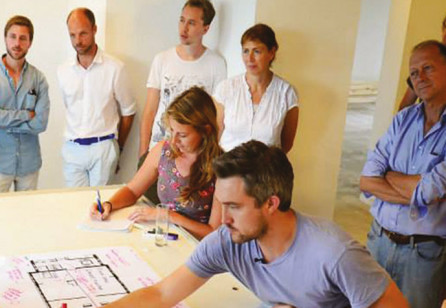
Design fields are undergoing rapid transformation and the boundaries between the disciplines are getting more and more blurry.

Products are easy to copy and they inevitably embark, from the moment they are launched, on a path towards commoditisation.

Imagine individuals, especially non-designers, who are deeply involved in envisioning and testing ideas.
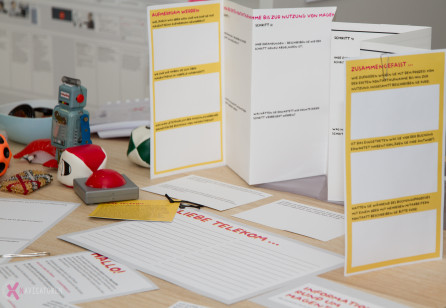
This story is about the transformational journey of Telekom Deutschland GmbH (Deutsche Telekom) as it moves towards having a more customer-centric DNA.

Innovation strategies in today’s organisations are increasingly taking advantage of approaches which are typical of the design field, applying them to a range of areas such as management, policymaking and social engagement.
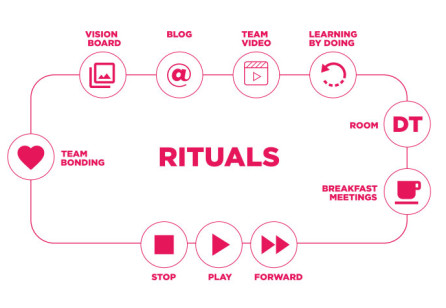
This is a case study about organisational change: people transformation, organisational culture and redefining internal processes through a co-implemented project grounded in service Design Thinking.

With the advent of 3D computer modeling technology, the world of architecture was transformed as designers were freed from the confines of Euclidean geometry and were able to think through complex forms on a screen,[...]
